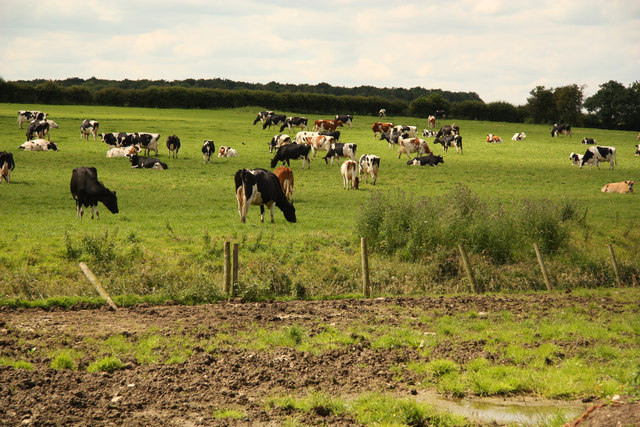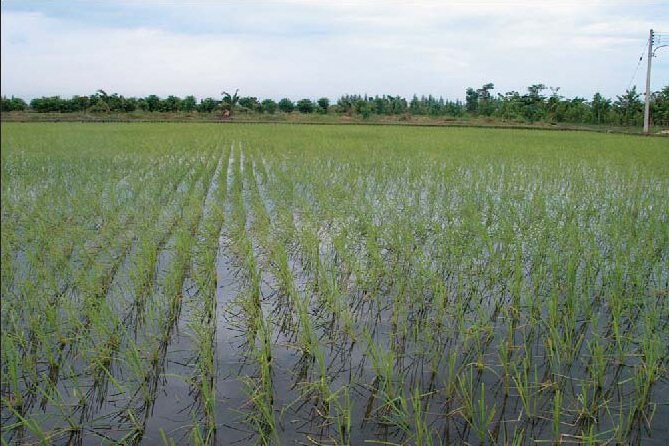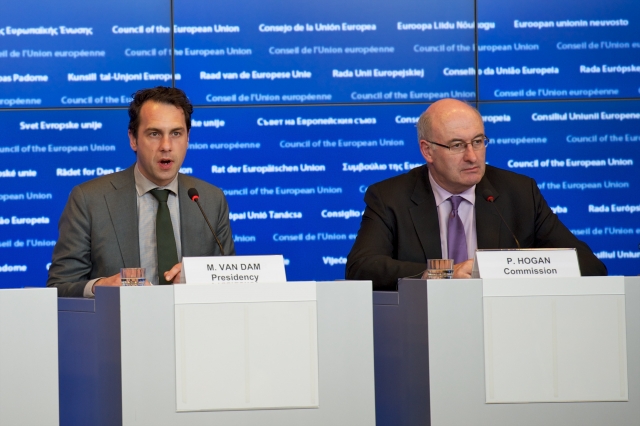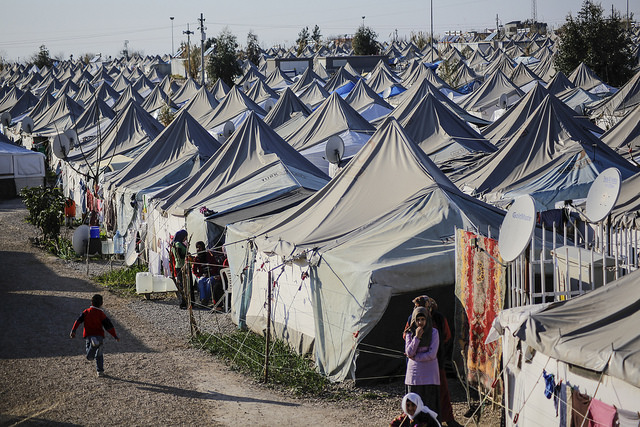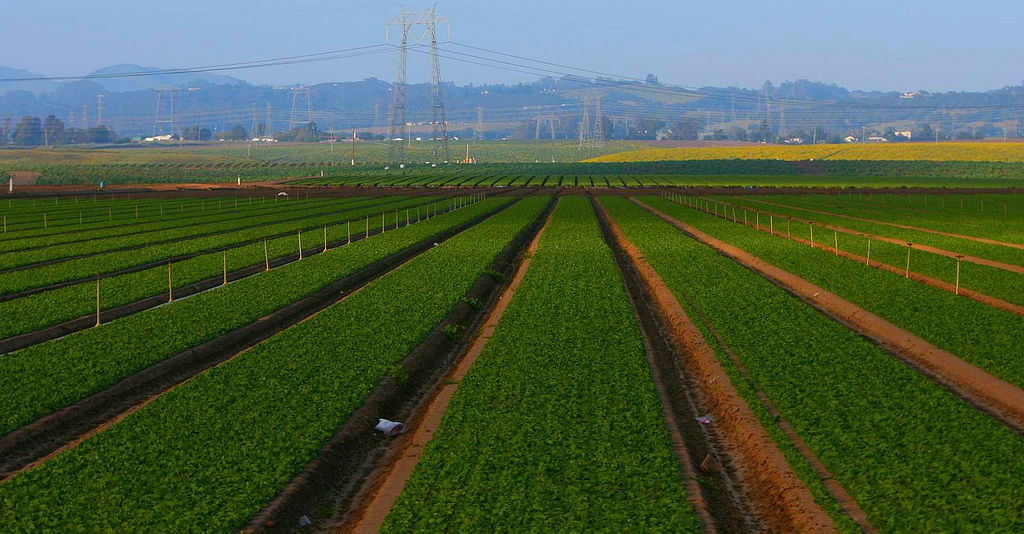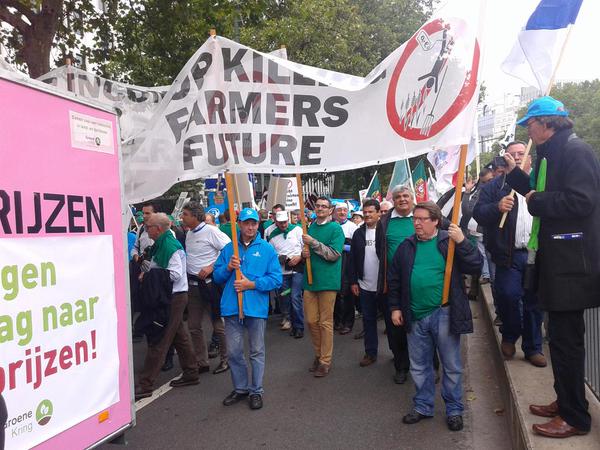The article below was published in the Irish Farming Independent on Tuesday 17 May (the original article can be read by clicking on this link and choosing the ‘Continue to use Press Display’ option). The article addresses the high dependence of Irish agriculture on public support, but the question I raise has, I think, wider relevance for other EU member states as well. With expectations growing that the June Agricultural Council may announce yet another aid package for the agricultural sector, my question is whether there is a vision for European (and not only Irish) agriculture in which this heavy dependence on public support for income in the sector can be reduced.… Read the rest
Much ado about nothing in TTIP leaks on food safety standards
Disputes over food safety standards – what in the language of trade policy are called sanitary and phytosanitary standards (SPS) – have been at the heart of many transatlantic trade rows between the US and the EU. We can think of the EU bans on the import of hormone-treated beef, or pork treated with growth-promoting additives, or poultry washed in antimicrobial rinses to reduce the amount of microbes on meat. As a result, the potential impact of the ongoing negotiations to reach a Transatlantic Trade and Investment Partnership (TTIP) free trade agreement between the US and EU on EU food standards has, rightly, attracted a lot of attention and no little anxiety.… Read the rest
Milk policy in the EU – a case of policy incoherence
While milk producers in the EU struggle with low milk prices, the EU and its member states struggle to come up with a coherent policy to address the issue. Milk prices will not recover until there is a better balance between supply and demand. I have previously written a number of posts (here and here) in which I have described the policy responses introduced in response to the sharp fall in milk prices since their record high in early 2014.
These responses include measures designed to reduce supply. Specifically, the Commission has activated Article 222 of the CMO Regulation which suspends competition law in the case of producer organisations, co-operatives and inter-branch organisations and allows them to voluntarily limit supply with a view to raising the price of milk.… Read the rest
The dependence of EU farm income on public support
In spite of the substantial reforms in the structure of the CAP over the past two decades, EU agriculture remains hugely dependent on public support. The importance of public transfers, including direct payments, to EU farmers can be shown in various ways. One indicator is the importance of direct payments relative to the value of total output in the total revenue of farms (used by DG AGRI in this report on EU farm income). We can also focus more directly on the role that public transfers play in sustaining farm income. Here, there are two possibilities depending on the definition used for farm income – whether this is taken as factor income or entrepreneurial income (using the definitions in the Eurostat Economic Accounts for Agriculture, EAA).… Read the rest
Update on market crisis measures
There were two occasions last week which provided an opportunity for an update on the market crisis measures taken by the Commission and member states. On Monday 11 April, the AGRIFISH Council was briefed by the Commissioner for Agriculture and Rural Development Phil Hogan on progress in implementation of the market support measures for those sectors that were agreed at its meeting on 14 March. The following day, Tuesday 12 April, the Commissioner addressed the plenary session of the European Parliament on the measures to alleviate the crisis in the European agricultural sector.
The measures taken at the March 2016 AGRIFISH Council were intended to be market-oriented and budget-neutral.… Read the rest
Use of risk management tools in the CAP
It has long been recognised that greater price and income volatility would accompany the move to a more market-oriented Common Agricultural Policy (CAP). Already in the run-up to the Fischler Mid-Term Review (MTR) in 2003 which led to the decoupling of direct payments, the Commission published a working document on risk management tools for agriculture, with a special focus on insurance, in 2001. The Council MTR agreement mandated the Commission to study specific measures to address risks, crises and natural disasters that agriculture may face. This led to a Communication from the Commission in 2005 on risk and crisis management in agriculture which discussed different instruments that could be implemented in the CAP.… Read the rest
Preparing for the MFF Mid-Term Review
The EU budget is under increasing pressure in the face of both new and unexpected expenditure demands. Already, in the first two years of this Multiannual Financial Framework (MFF) period 2014-2020, virtually all of the flexibility instruments which were put in place have been fully utilised, in part to fund the incoming Commission’s flagship project for a European Fund for Strategic Investments, and in part in response to the large number of arrivals of asylum-seekers, refugees and migrants as well as the terrorist attacks in Europe. In total, around €12 billion has so far been mobilised under the various flexibility instruments, leading one commentator to observe that “the EU budget had been flexed to the maximum”.… Read the rest
Further note on EU farm income trends
In my previous post, I discussed recent EU farm income trends based on recently-updated Eurostat data. Earlier this week, DG Agriculture and Rural Development released an update of its CAP Context Indicators. These are part of a set of CAP Indicators linked to output, results and impact which are aimed at measuring the effects of policy measures (the value of these indicators is discussed by Koester and Loy in this post).
The Context Indicators are intended to monitor general contextual trends in the economy, environment and society which may affect the performance of the CAP. There is a wealth of useful information in the short fact sheets which accompany each indicator.… Read the rest
Recent trends in EU farm incomes
Earlier this month, without any fanfare, Eurostat produced its estimates of farm income for 2015 (see its database domain aact_eaa06 under the Economic Accounts for Agriculture, EAA). Given the noisy campaign by the farm lobby in recent months for additional support to the sector, one would expect the figures to show a sector in dire straits, reeling from crisis. There are, of course, individual sectors in trouble. There are individual member states where farm incomes over the past two years have taken a very serious hit. And there are individual farmers in all sectors, particularly those who are heavily borrowed, who have run into financial difficulty.… Read the rest
The use of CAP impact indicators for policy evaluation
This post is written by Ulrich Koester and Jens-Peter Loy
According to new legislation, the European Commission (EC) is in charge of evaluating Pillar 1 measures of the Common Agricultural Policy (CAP), while Pillar 2 measures have to be evaluated by the Member States (MS). Pillar 1 measures are of utmost importance for EU expenditure, amounting to a share of about 40% of the total expenditure of the EU budget. The request for evaluation is a significant step forward. One may wonder whether this new task indicates that the measures of the CAP have not been evaluated regularly so far. In the following, we focus on one specific measure, direct payments, for two reasons.… Read the rest


